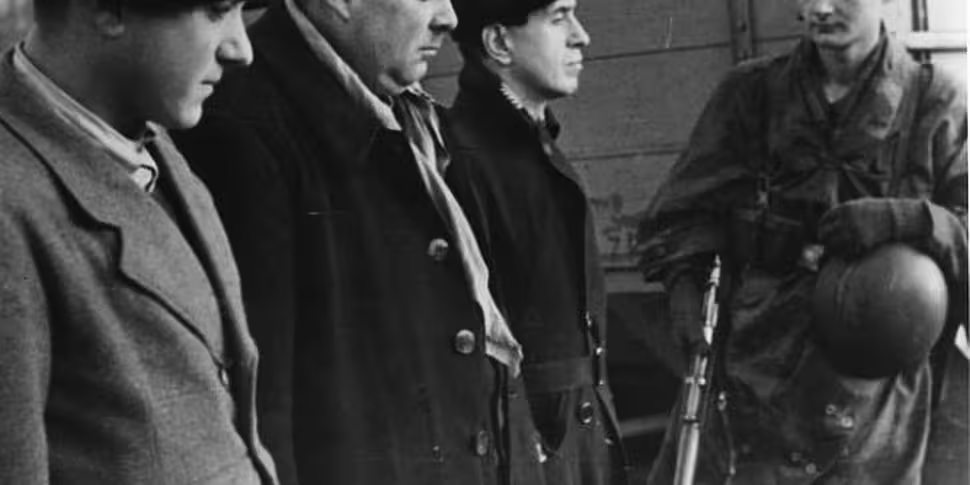When Germany invaded Poland in 1939 it began the most destructive periods in modern European history. Despite extensive research much of the Second World War remains shrouded in mystery with our ideas informed more by an accepted narrative than any in depth study. As historians continue to explore the conflict the picture becomes ever clearer.
The German War: A Nation Under Arms, 1939-45
Six years after starting the war in Europe Germany stood in ruinous defeat. Hitler’s refusal to surrender made the final year extremely disastrous. Civilians suffered doubly at the hands of the Allied bombing campaign and advancing soldiers; the Red Army in the east being especially brutal. Hundreds of thousands were also murdered as part of the Third Reich’s political, racial, and religious persecution.
For most of the war though life in Germany was safe - and, for many, comfortable. The same was not the case for the soldiers fighting on the front. For those fighting in Africa, Russia, and, later, Western Europe life was brutal, violent, and very often short. These myriad experiences make it very hard to tell the story of the German experience of the Second World War.
Yet that is the aim of Professor Nicholas Startgardt in his new book, The German War. Drawing on a vast array of sources Professor Startgardt captures the diversity of everyday life in Germany during the Second World War. From the horrible mundanity of teenagers joking about washing with soap made from holocaust victims to the bizarre spectacle of Shakespeare being performed in Berlin in 1944, most of the city already in ruins.
This is an amazing book that does a great job of telling the mammoth story of Germany and Germans’ experiences during the Second World War, from the average garden to the concentration camps and the frontlines of war. This is a great addition for anyone interested in the Second World War and German history.
Fighters in the Shadows: A New History of the French Resistance
After Poland fell Hitler turned his sights on France. Bypassing the impressive Maginot Line the German forces were able to blitz through France in the spring of 1940. In a little over a month the French and British forces were defeated. For more than four years Paris would remain under the thumb of the Third Reich and those who wished to fight for France would have to do so from the shadows.
While the clandestine operations of the French Resistance have become part of European mythology the secrecy that made their existence possible has made their legacy almost impossible to secure. As the German army was rolled back the ranks of the uniformless French Resistance swelled with pretenders. In the months, years, and decades after liberation the number of false claimants continued to rise.
These inflated figures were only one of the many hurdles facing any historian brave enough to tackle the French Resistance. Even the name is a misnomer as there was no single French partisan body opposed to the German occupation. Like the rest of Europe the rebellious guerillas in France came from diverse groups with varying ideologies and reasons for fighting. It was postwar politics and the onset of the Cold War that birthed the romantic idea of ‘The French Resistance’ and many of the myths that went along with it.
In Fighters in the Shadows Professor Robert Gildea takes on the task of recounting the tale of the French Resistance and drawing the real story from the ghosts of history. Untangling the story from the postwar narrative is a large part of Professor Gildea’s work and this book is as much a history of the French Resistance myth as the Resistance itself. A great work Fighters in the Shadows will fascinate anyone interested in the partisan movements of the Second World War.









